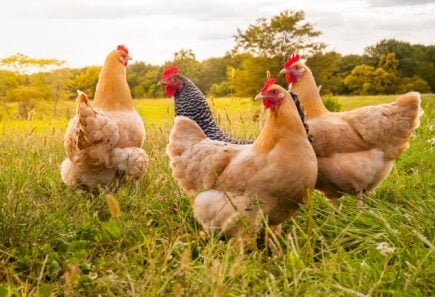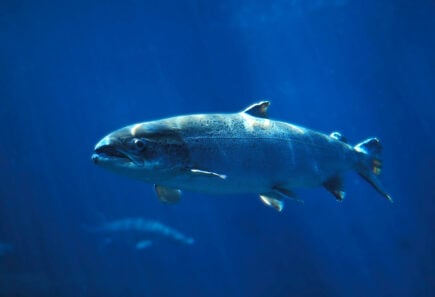
Optimizing media for chicken cells
Learn about Dr. David Block’s work to perfect growth media for cultivated chicken at University of California, Davis.

Learn about Dr. David Block’s work to perfect growth media for cultivated chicken at University of California, Davis.

Learn about Dr. Ori Bar-Nur’s research to convert bovine and porcine fibroblasts into proliferative myogenic progenitor cells at ETH Zurich.

Learn about the bioprocess design parameters critical to the development of cultivated meat.

Learn about the cell lines that are important for cultivated meat production.

Learn about Dr. Reza Ovissipour’s research using machine learning to optimize growth media for fish cells at Virginia Tech.

GFI’s research funding database provides curated grant opportunities for open-access alternative protein research.

Learn about the science of cultivated meat and the challenges that must be addressed for commercial production.

Explore commercial whitespaces, research gaps, technological needs, and investment priorities at each stage of the alternative protein value chain.

Learn about the science of plant-based meat. Discover resources and research on the latest technological developments and key scientific questions.

Through the GFI grant program, the Kaplan lab is developing myosatellite lines for cultivated Atlantic salmon at Tufts University